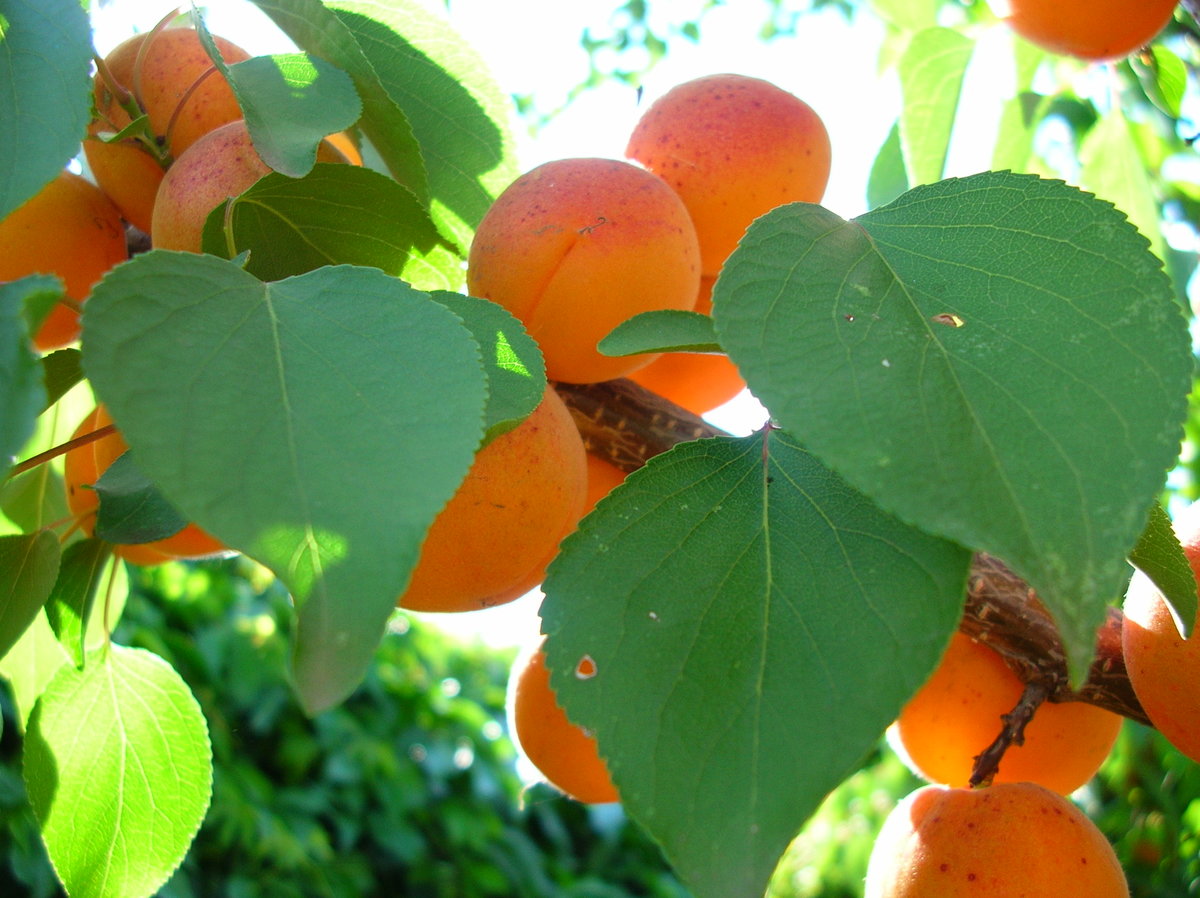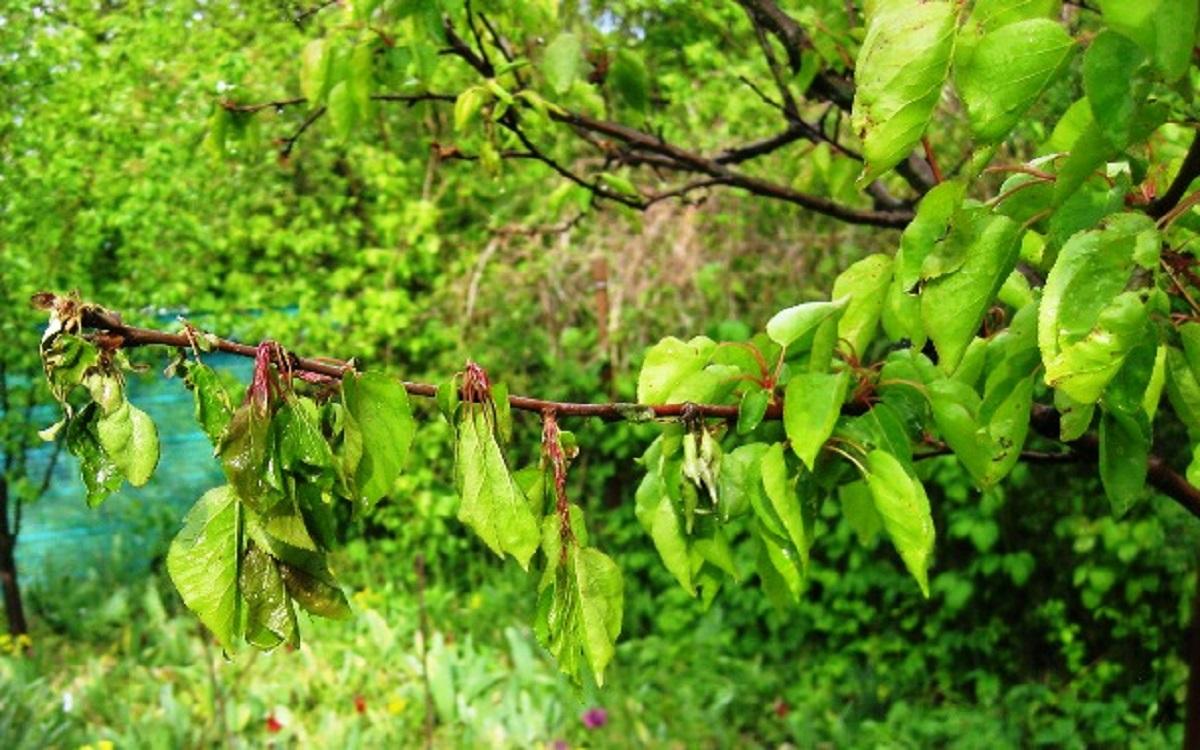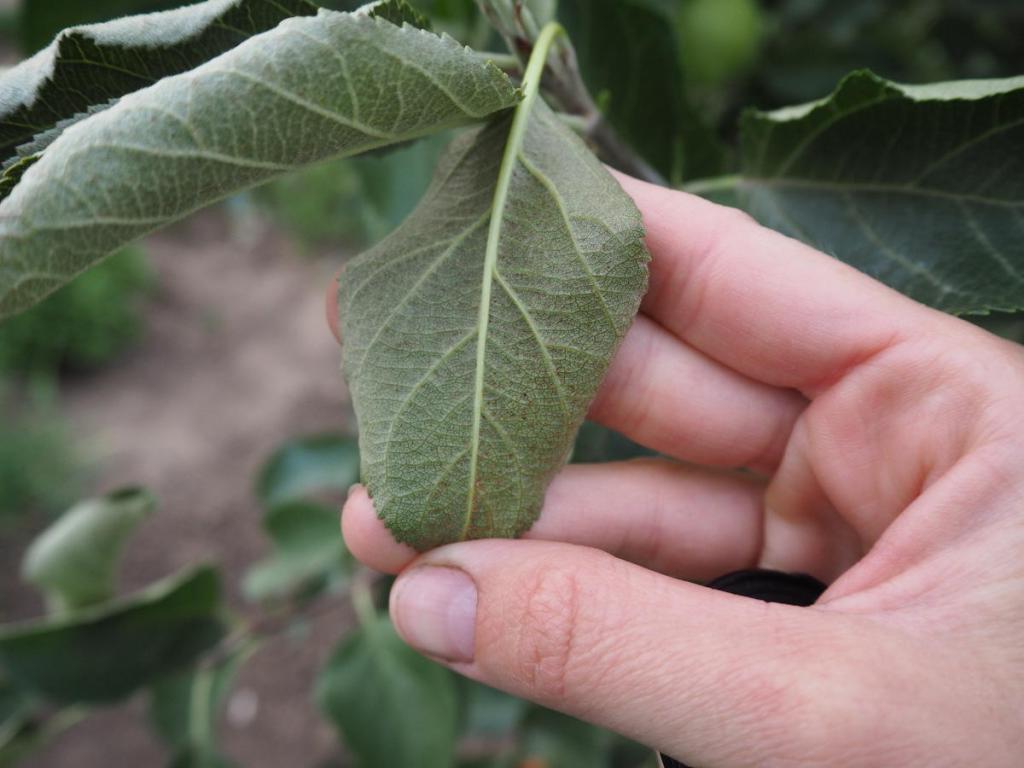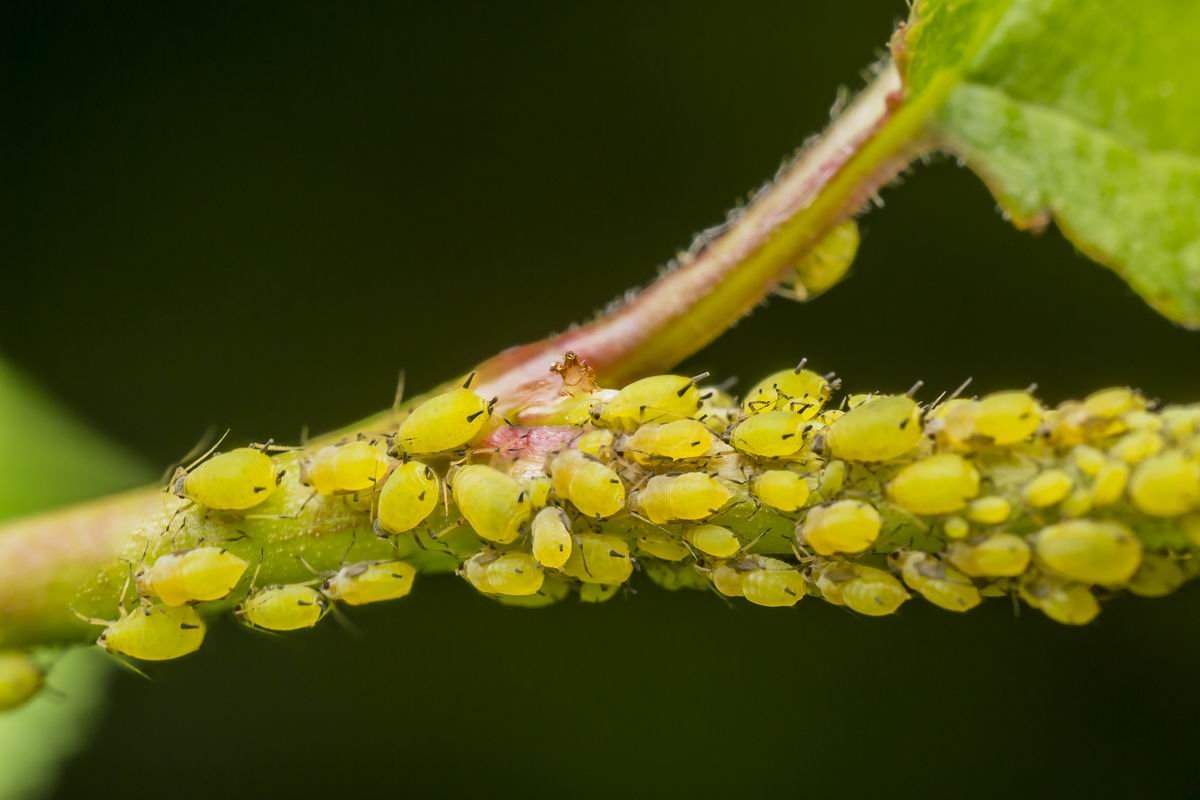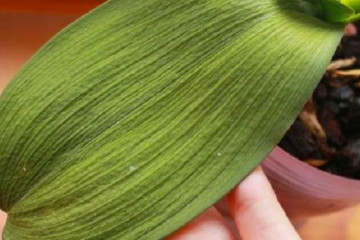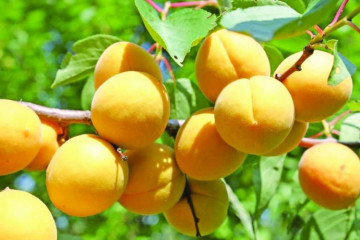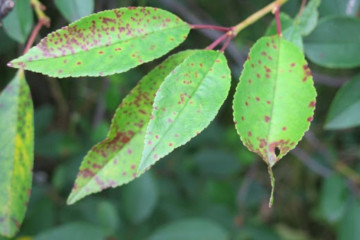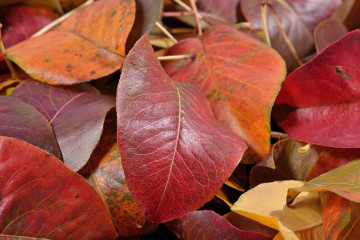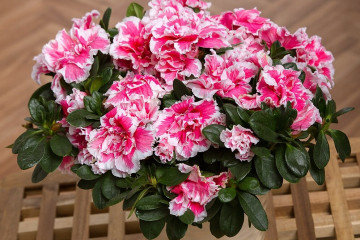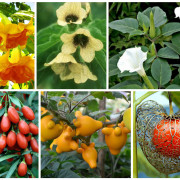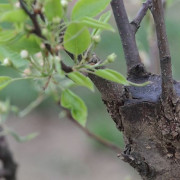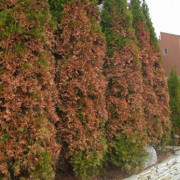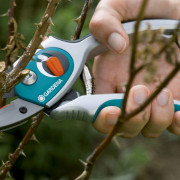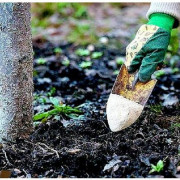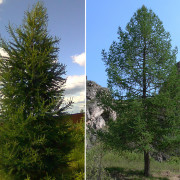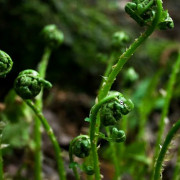Why apricot leaves wither - after flowering, what to do
Content:
Apricot is a popular stone fruit crop that can be found in almost any garden. The tree does not require much maintenance and bears fruit regularly. However, in some cases, it begins to ache and lose foliage. In order to take the necessary measures for treatment, you should find out why the leaves of the apricot wither.
The main causes of wilting leaves
The question of why apricot leaves wither is difficult to answer unequivocally. The causes may be tree diseases or negative environmental influences. The most common reasons why the apricot dries should be attributed:
- pest attack;
- improper care. Most often, such symptoms appear in the absence of watering in the summer;
- improper use of fertilizers;
- diseases, including fungal;
- damage to the root system. When rot appears, the root begins to die off and the leaves not only dry and turn yellow, but can also completely fall off.
There are a lot of reasons why apricot can dry. Therefore, it is necessary to carefully examine the accompanying symptoms before starting treatment.
Another common reason why apricot leaves dry out is unfavorable weather conditions. For the central zone of Russia in the middle of summer, an increase in air temperature is inherent. In the absence of timely watering, the plant can dry out and discard leaves.
Lack of nutrients
If apricot leaves wither and dry from lack of elements, you need to know what to do. Before fertilizing, it is necessary to determine which element is missing.
Nitrogen
With a lack of nitrogen, the plant may develop poorly or completely wither. Most often, the first symptom of a lack of an element is a deformed leaf size. A diseased culture has a much smaller leaf.
The tree sheds leaves in July or even June. Therefore, it is recommended to make nitrogen fertilizing in the spring.
Phosphorus
Apricot is a demanding plant, and leaves can wither as a result of a lack of phosphorus. The root does not develop well, and after flowering, the leaf begins to wilt and crumble.
Such problems often lead to the fact that the fruit is not set. Lack of phosphorus is the reason why apricot dries up in summer. If the tree drops leaves in May or early summer, it is necessary to feed the plant with complex fertilizers.
Magnesium
The lack of this substance often leads to the fact that the fruits do not ripen properly. Also, the reason why the leaves of the apricot drooped and became a bright color may be the lack of this element.
Pest control
In order to understand why the apricot has dried up, you need to look closely at the bark. Pests are often the cause of this problem. Among the most common varieties, it is necessary to highlight those listed below.
Rodents
In winter, rodents can feed on the root and bark. This very often leads to the fact that the tree weakens in the spring, and the leaves begin to wilt. In order to eliminate this factor, it is necessary to mulch the near-trunk circle with stones and set traps.
Aphid
Aphids appear on the leaves most often in early summer. The insect feeds on the sap of the plant and causes the leaves to become lethargic. When an insect accumulates in large numbers, fruit falling can be observed. In general, the apricot tree takes on an unkempt appearance.
To combat aphids, it is necessary to process the plant. With a small number of pests, you can spray with a soapy solution. In advanced cases, you should use Karbofos or Fitoverm.
Leaf roll
A small leafworm butterfly can make the plant weak and lethargic. When damaged, symptoms such as leaf curling, drying and falling off are observed. The pest can appear both in summer and in early spring. At the first symptoms of pest activity, it is necessary to carry out treatment with chemicals.
These include:
- Avant;
- Fitoverm;
- Aliot.
For the prevention of the pest, it is recommended to process the plant with these preparations in late autumn.
Apricot diseases and their treatment
Diseases can also be the reason why the apricot tree dries, what to do in such situations, every gardener should know.
Cytosporosis
The disease is common in stone fruit plants. Most often it affects seedlings and trees with weak immunity. With severe infestation, the tree weakens and the leaves wither. To combat the disease, it is recommended to carry out the treatment with Bordeaux mixture.
All infected shoots must be pruned. The cut sites are treated with a light manganese solution.
Monilial burn
The disease manifests itself in the spring during the formation of buds. Affected crops shed their ovaries, the leaves become lethargic and turn yellow.
For treatment, it is necessary to completely remove the infected shoots. The cut sites should be treated with antifungal agents such as Blagosad or a light manganese solution.
Verticillosis
It is very difficult to identify the fungus in a timely manner, since the first symptoms appear on the roots. With the development of the fungus, the apricot leaves wither and dry, everyone should know what to do in such a situation. The tree must be treated with Fundazol. In advanced cases, the plant dies.
Apoplexy
Most often occurs in August or mid-summer. Disorders in metabolic processes are the cause of the disease. The first symptoms are wilting and yellowing of the leaves.
This type of disease is not cured. It is necessary to cut off the affected shoots and cover the trunk with lime. Often this disease appears along with other symptoms and cannot be determined in time by the gardener.
If the cause of wilting is not established
Often such a problem arises when the gardener cannot determine what is the reason for the wilting and drying of the leaves. In order to restore the culture, the following recommendations should be followed:
- Introduce complex fertilizing.This method will saturate the culture with the necessary substances and stimulate the development of the root system.
- Dig up the soil around the tree. The procedure is necessary so that the roots receive the required amount of oxygen. Often the lack of air leads to the weakness of the plant.
- Increase watering. Sometimes the plant does not receive the required amount of moisture. It also negatively affects its appearance.
- Remove all infected shoots, treat the cut with an antiseptic.
It is also recommended to treat trees with a solution of copper sulfate for the prevention of diseases. This procedure will not harm the culture.
Early yellowing of the leaves on apricots is often a sign of problems. There are many factors that disrupt the normal development of culture. Timely procedures will not only preserve the health of the tree, but also get the harvest.
